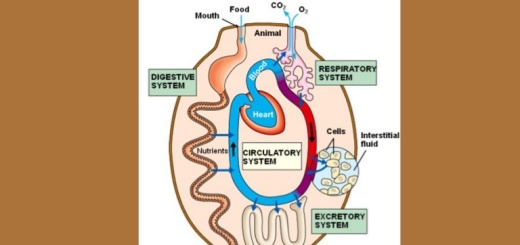Structure and function of the digestive system in the human body
Everyone eats complex food such as bread, cheese, jam and beans in breakfast. So, How can the body benefit from this food every day? The digestive system is responsible for breaking down this complex food into simple substances.
Digestive system
The digestive system absorbs the digested food and transfers it to the blood that transports this digested food all over the body to benefit from it.
Digestion process
The food should be passed by the digestion process which is the process of breaking down the food from a complex form into simple substances to let the body get benefit from them.
The digestion process takes place in special organs forming the digestive system, and the main organs of the digestive system lie in a cavity that is called the abdominal cavity.
Structure of the digestive system
The digestive system is made up of the digestive canal and the digestive canal supplementaries, The digestive canal is made up of a group of organs in the shape of a long pipe with a length from 9 to 10 meters, and it starts with the mouth opening and ends with the anus opening.
The digestive canal consists of the mouth, the pharynx, the esophagus, the stomach, the small intestine, and the large intestine.
The function of the digestive canal is digesting and absorbing food, The digestive canal supplementaries consist of the liver, the pancreas and the salivary glands.
You can download the Science online application on Google Play from this link: Science online Apps on Google Play
Digestion in man, Buccal digestion and Gastric digestion (digestion in stomach)
Small intestine, Absorption of digested food, Metabolism, Large intestine and defecation
The function of the large intestine in the human digestive system













